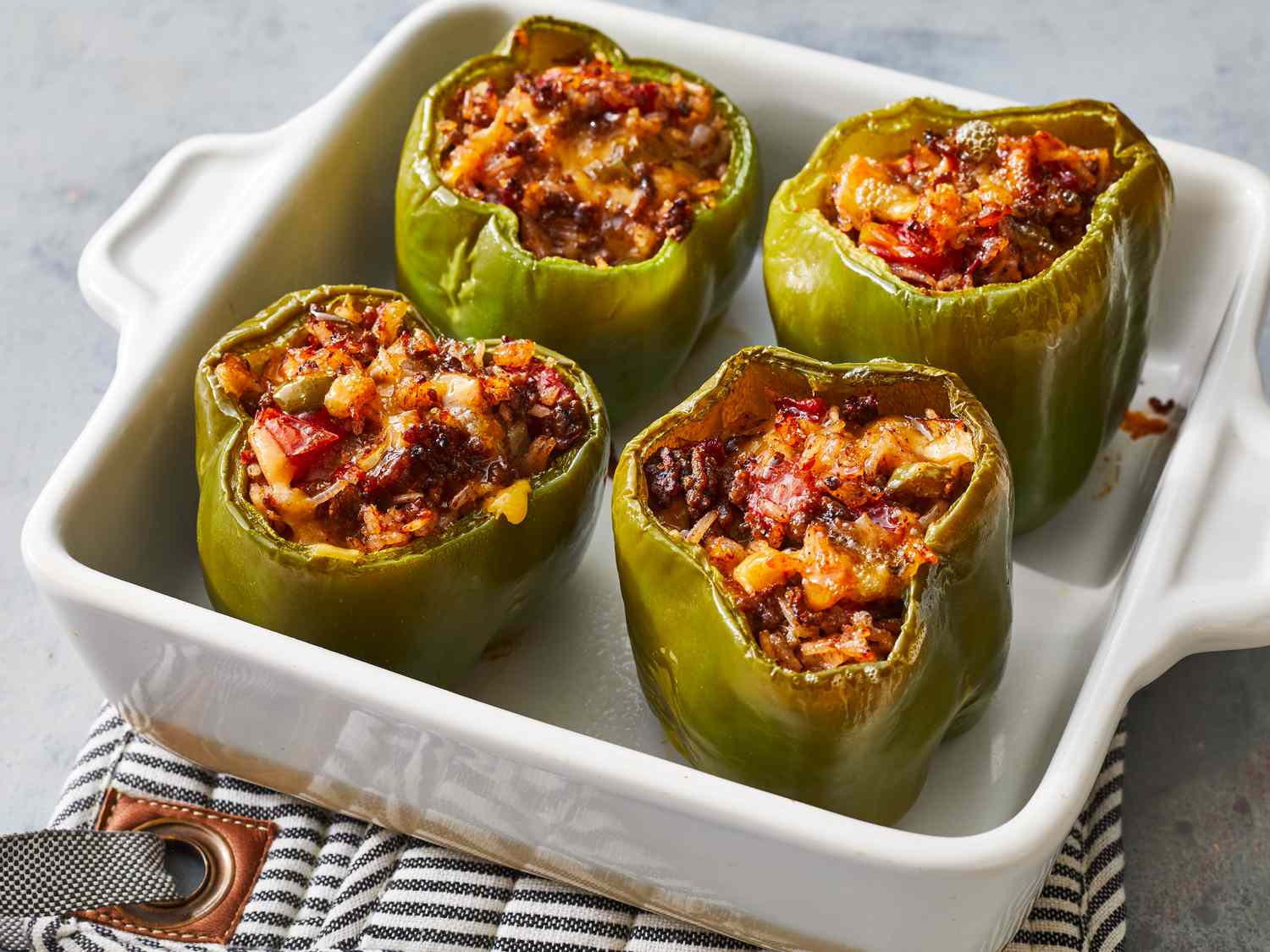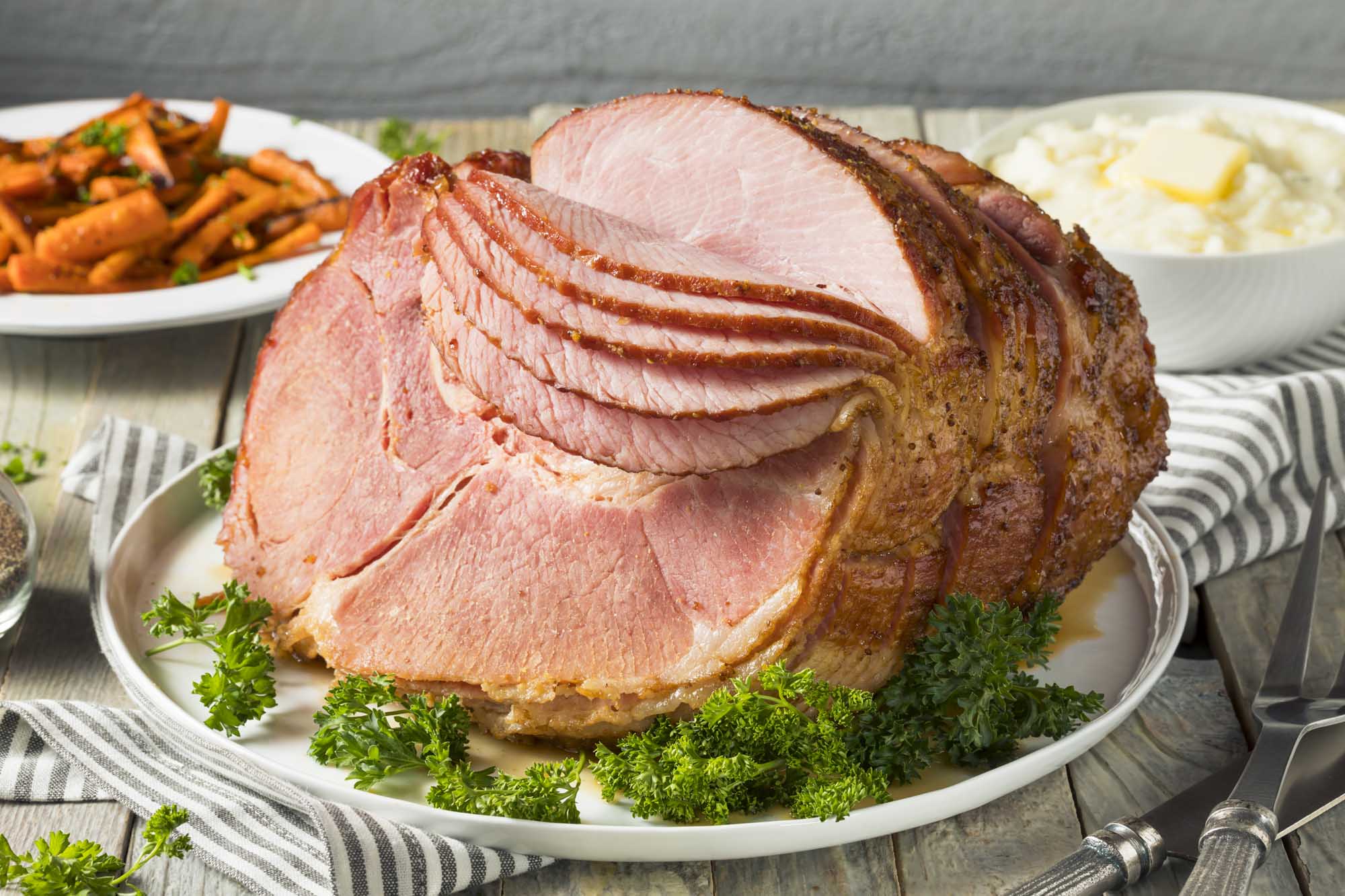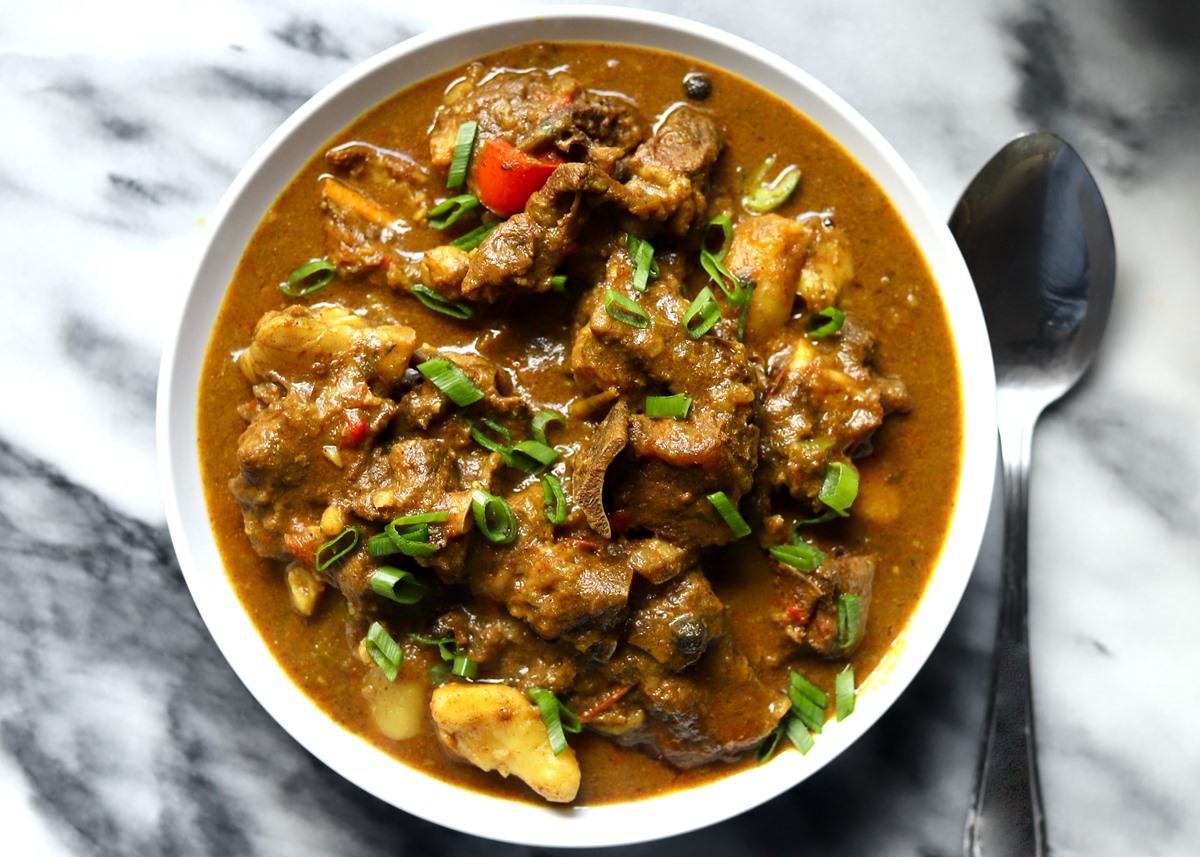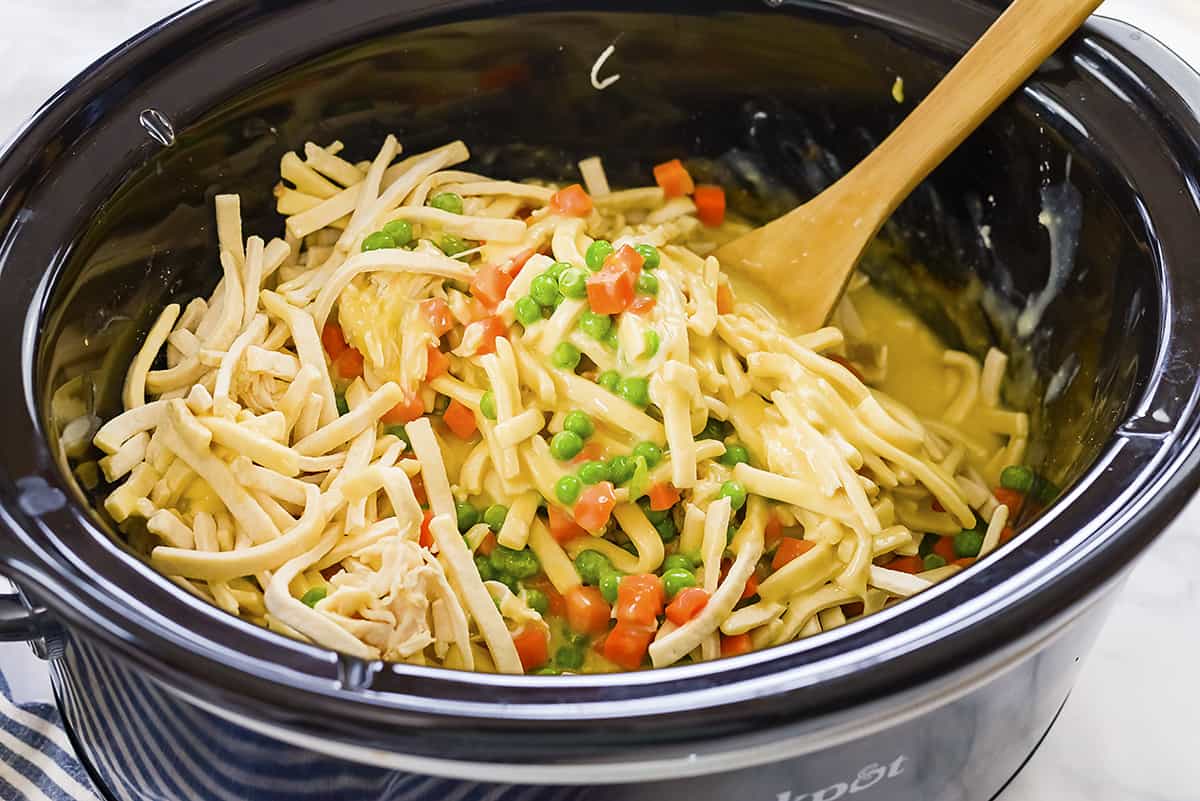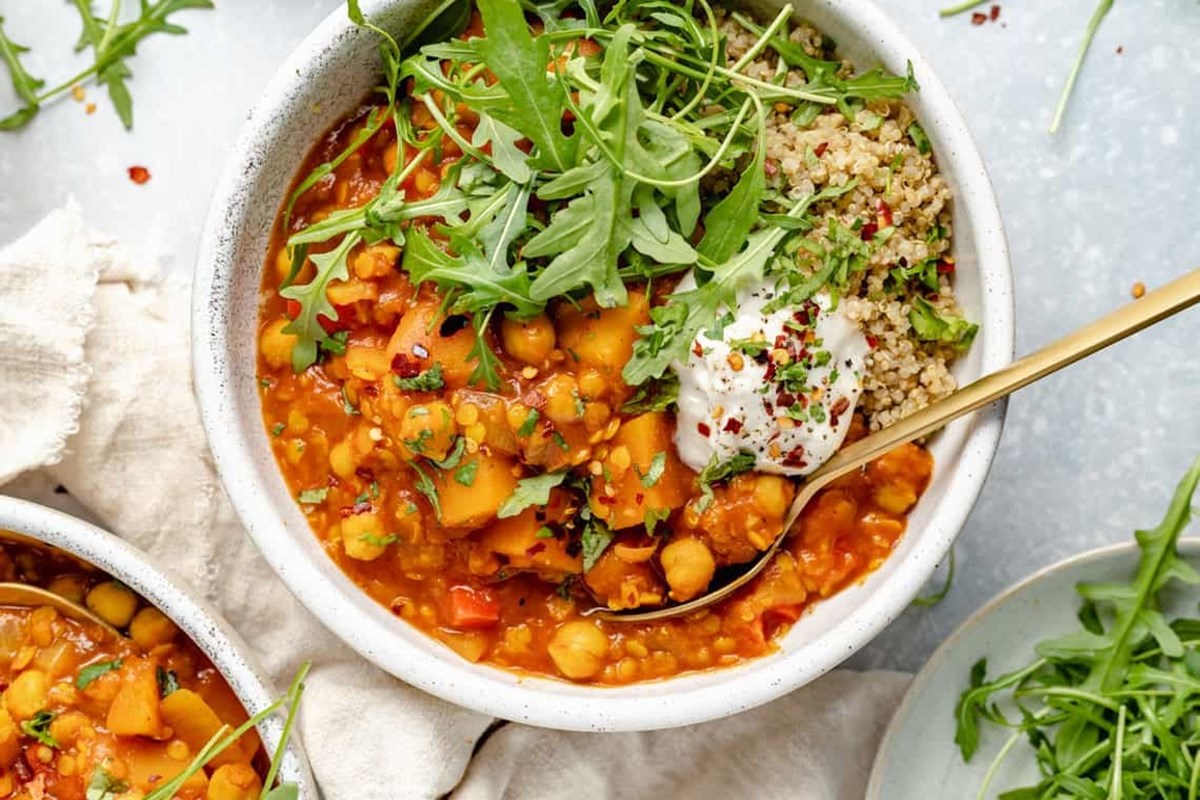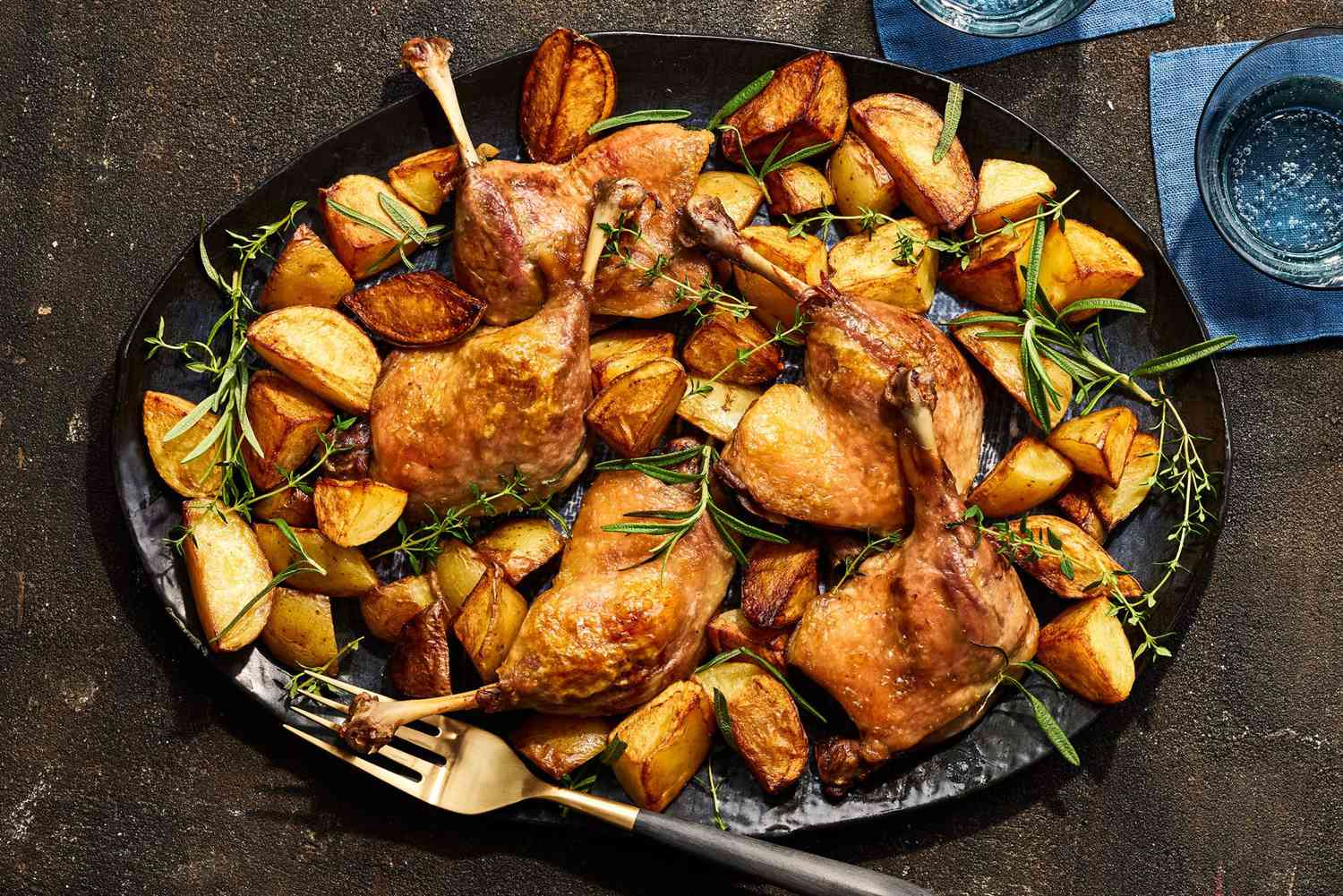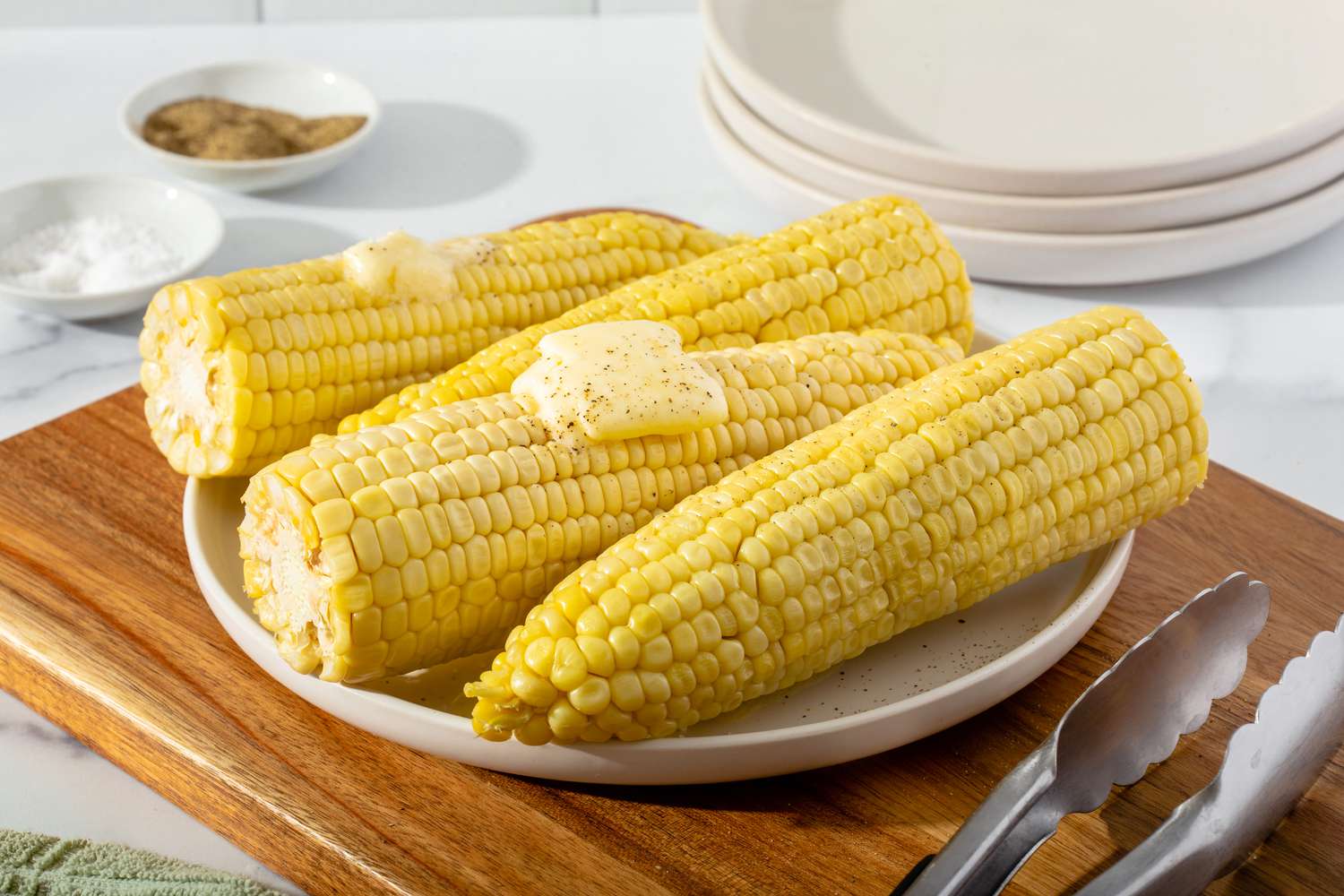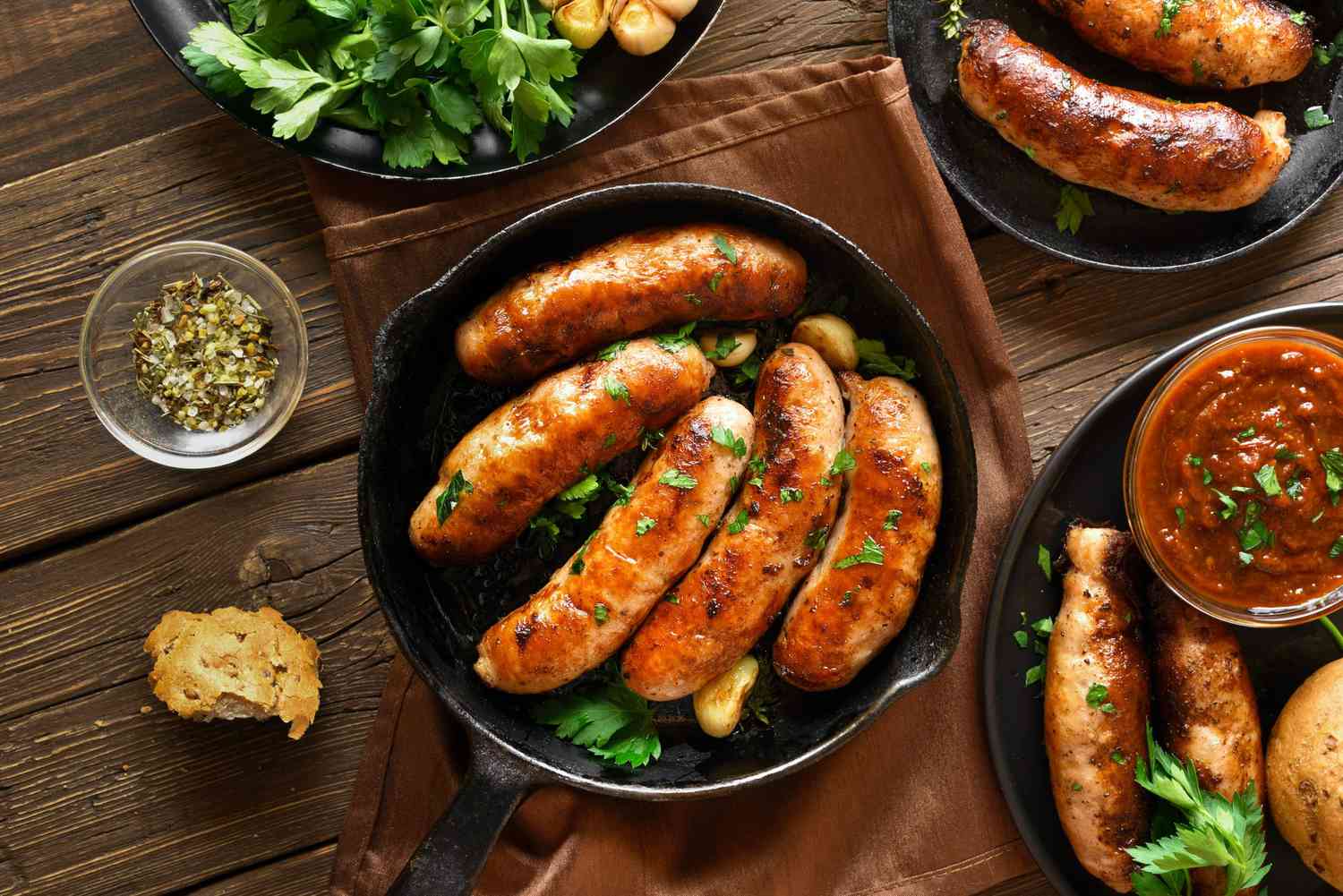Delicious and Healthy: Boiled Chicken for Your Furry Friend!
As pet owners, we always strive to provide the best nutrition for our furry companions. One way to ensure their well-being is by preparing homemade meals. Boiled chicken is a fantastic option that is easy to make and loved by dogs of all ages and breeds. Not only is it delicious, but it also offers a plethora of health benefits, making it the perfect addition to your dog’s diet.
Why Boiled Chicken?
Boiled chicken is a lean source of protein that can be easily digested by dogs. It is low in fat and free from any harmful additives or preservatives that are commonly found in commercial dog treats. Feeding your dog boiled chicken is an excellent way to provide a wholesome, natural meal that supports their overall health.
The Recipe: How to Cook Boiled Chicken for Dogs
Now, let’s dive into the simple and straightforward process of preparing boiled chicken for your furry friend:
- Choose high-quality chicken breasts or boneless chicken thighs. Organic or free-range options are ideal.
- Thoroughly wash the chicken under cold water to remove any excess debris or bacteria.
- Place the chicken in a large pot and add enough water to cover it completely. You can also use low-sodium chicken broth for added flavor.
- Bring the water to a boil over medium-high heat, then reduce the heat to low and let it simmer for about 20 minutes. Cooking times may vary depending on the size and thickness of the chicken.
- Check if the chicken is cooked by cutting into the thickest part. The internal temperature should reach 165°F (74°C).
- Once cooked, remove the chicken from the pot and let it cool.
- Shred the chicken into bite-sized pieces, removing any bones, skin, or cartilage.
Voila! Your homemade boiled chicken for dogs is ready to be served.
Serving Suggestions
While plain boiled chicken is nutritious on its own, you can jazz up your pup’s meal with some additional ingredients:
- Mix the shredded chicken with some cooked brown rice or quinoa for added fiber and nutrients.
- Add steamed vegetables like carrots, peas, or sweet potatoes to provide a well-rounded meal.
- You can even sprinkle some chopped parsley on top, which may help freshen your dog’s breath.
Important Considerations
While boiled chicken is generally safe and healthy for dogs, it’s crucial to remember a few key points:
- Always remove the skin and bones from the chicken, as they can pose a choking hazard or cause digestive issues.
- Avoid seasoning the chicken with salt, spices, or seasonings that might be harmful to your dog.
- Consult with your veterinarian to determine the appropriate portion size and feeding frequency based on your dog’s breed, size, and individual needs.
With these considerations in mind, boiled chicken can be a wonderfully nutritious addition to your dog’s diet.
Conclusion
Preparing boiled chicken for your dog is simple, healthy, and offers a variety of benefits. By opting for homemade meals, you have full control over the ingredients and can ensure your furry friend receives the nourishment they deserve. So, get into the kitchen and start cooking up a tasty treat that will have your dog’s tail wagging with delight!
Was this page helpful?
Read Next: How To Cook Frozen Breakfast Sandwich

